Plants can develop brown leaf tips due to overwatering, underwatering, too much fertilizer or sunburn. You can remove damaged leaves to tidy up the plant and encourage your plant to grow densely and replace old leaves with new ones.
Depending on the type of plant you can leave the damaged leaf on and it can continue to grow. Large bird of paradise leaves for example can still photosynthesize with damaged leaf edges because they have such large leaves.
Smaller house plants will benefit from having damaged leaves removed to make room for new ones. This includes monstera, pothos, nerve plants and palms.
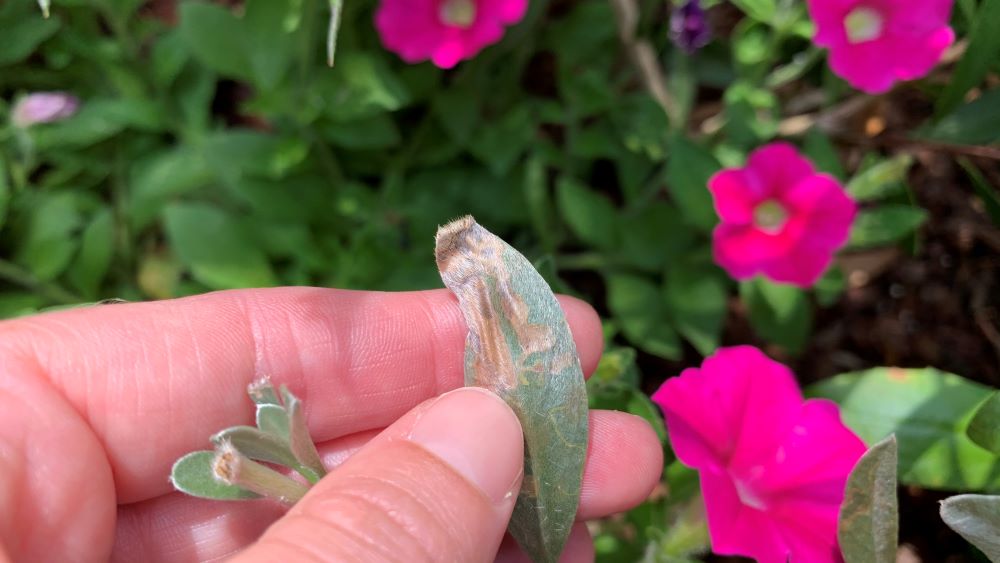
This article will explore my 4 easy steps to cut off brown leaves to tidy up your indoor and outdoor plants.
1. Choose the leaves that have damage
The first step it to identify the damaged leaves. Any brown leaf damage will not recover so you can remove any damaged leaves.
My banana tree will develop brown leaf edges as the leaf gets old and is replaced with new ones. Small indoor house plants will also continually replace old leaves with new ones. The old leaves will dry off and can be removed at any time.
Leaf tip damage can happen due to the plant drying out too much, if the plant is overwatered or given too much fertilizer. That is why after removing the damaged leaves it is important to figure out what caused the problem.
2. Snip them off with sharp secateurs
Using sharp, clean secateurs you can snip the leave off at the base of the stem. Always clean your secateurs off before using them on your plants to avoid spreading pests or diseases. You can quickly wipe them down with eucalyptus spray or methylated spirits.
If more than one leaf is damaged you can snip off a bunch of leaves at the same time. Long trailing vines like pothos can develop brown leaf tips if they are left to dry out. You can snip off the whole stem above the point that the leaves are damaged.

3. Work out the cause of the browning leaves
The next step is to work out what caused the brown leaf tips. You can use your finger to test the soil to see if it is damp or dry. Very dry soil is a sign that the plant is underwatered and if the soil is wet then it could be due to overwatering.
If you have added more fertilizer than recommended or if you have them near a hot window then it could be fertilizer burn or sunburn.
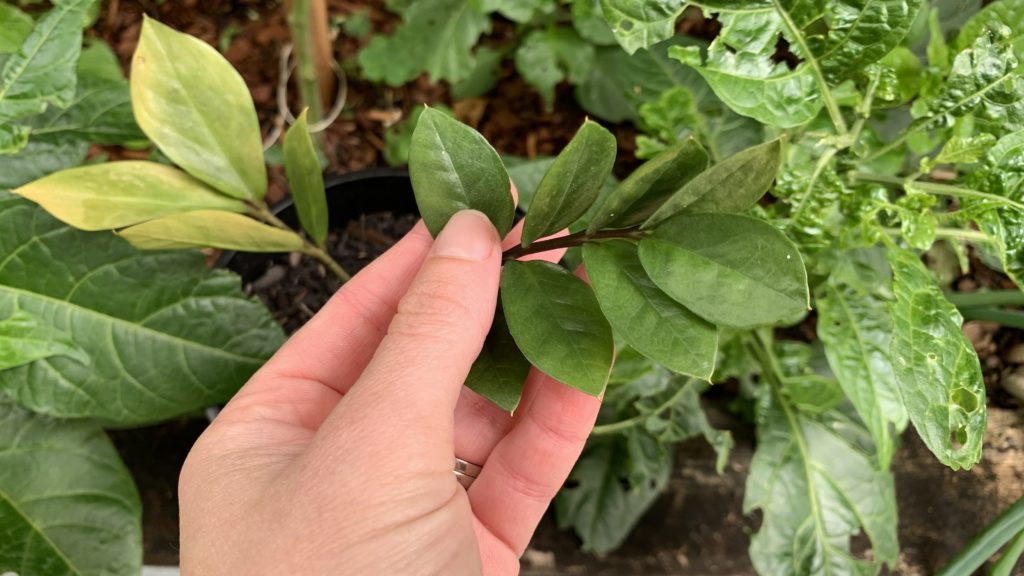
4. Compost the leaves if they are not diseased
If the leaves turning brown due to any cause other than fungus or diseases then you can compost them. Fungal growth will usually form in the middle parts of the leaf rather than on the edges.
Take the leaves outdoors and they will quickly break down in the compost. You could also scatter on them underneath established trees and shrubs and they will dry quickly helping to mulch the soil.
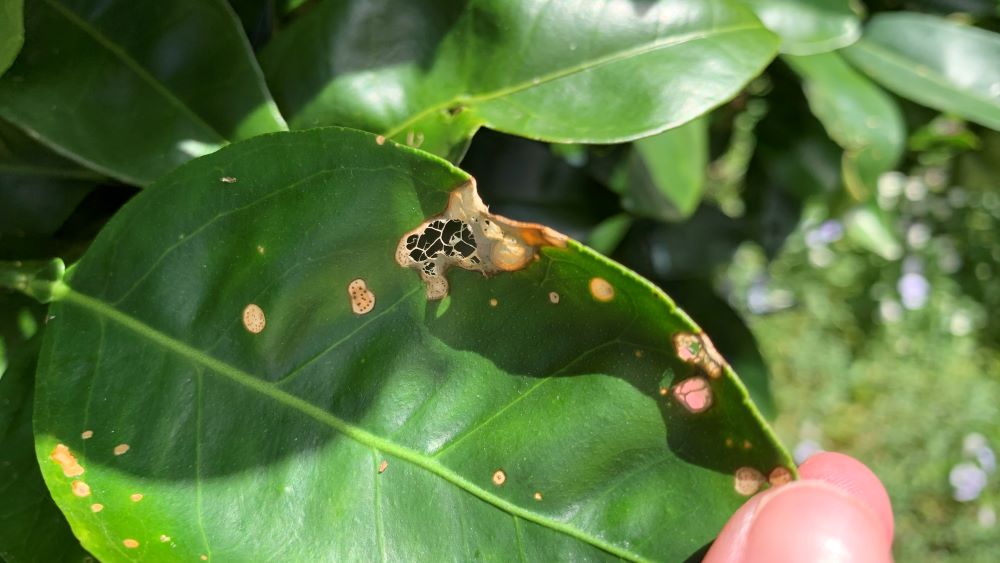
What causes brown leaf tips on plants
Here are the top 4 causes of brown leaf tips on plants. Look at each one to work out what might be affecting your plant at home.
1. Too much water
One of the top causes of brown leaf tips on plants is overwatering. Too much water can wash away the nitrogen from the soil, decrease the oxygen and cause the leaves to lack the nutrients they need.
Too much water can cause fungal growth on the roots causing root rot and the plant will not be able to absorb nutrients. This causes leaf damage and brown tips.
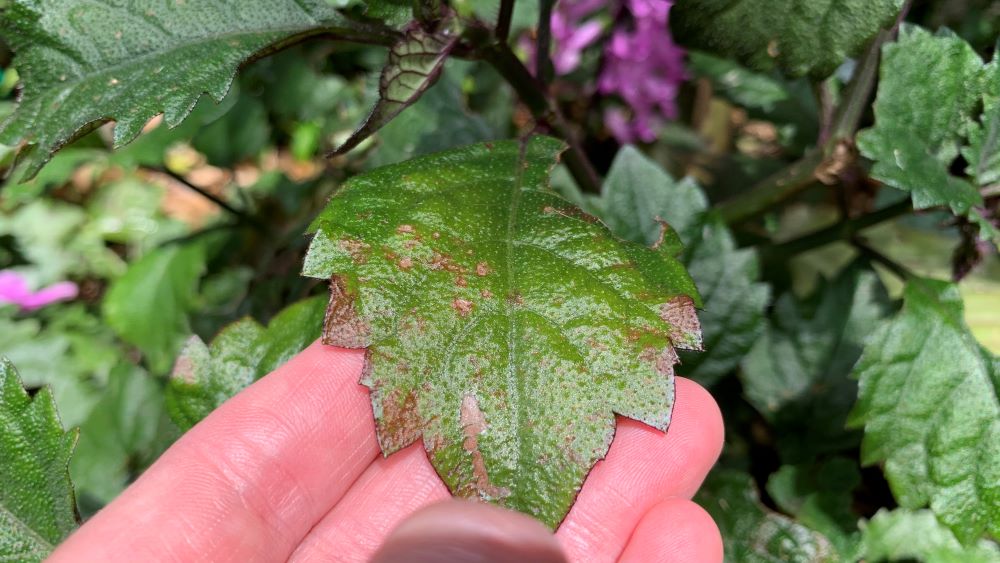
2. Not enough water
Strangely enough a lack of water can also cause brown leaf tips. Dry soil can cause the leaf to dry out turn brown on the edges which will eventually spread through the leaf. If the problem continues eventually the stem will turn brown and the plant will die.
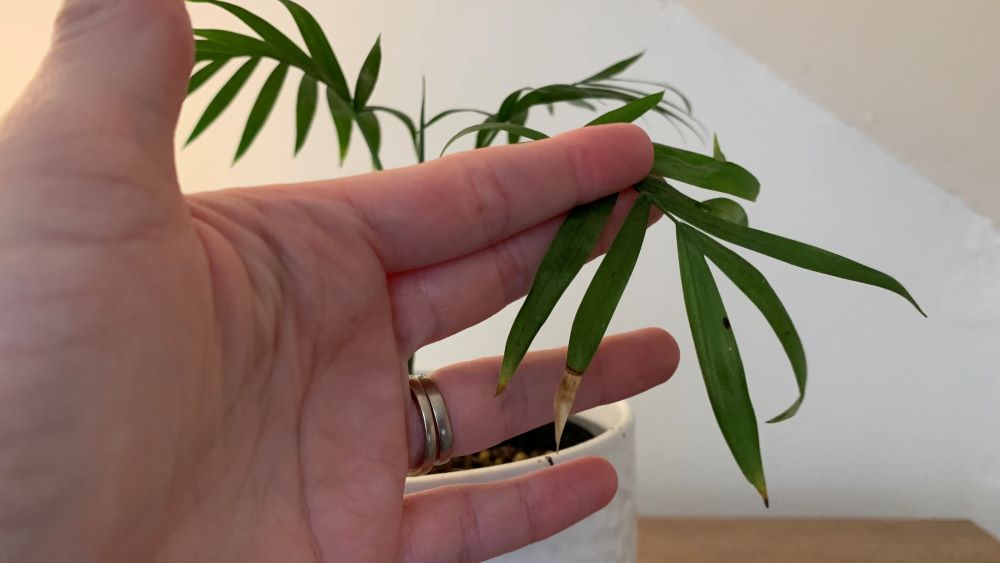
This is easy to identify as the soil will be dry on the surface and 1-2 inches below. The soil will look dry and crumbly and may struggle to absorb water if it has dried out too much.
Soil that has become hydrophobic over time will not absorb water as it will form a coating on the outside of the soil particles. In this case it is best to repot the plant into fresh potting soil. This will help to replace nutrients and increase the water holding capacity to keep the plant healthy.
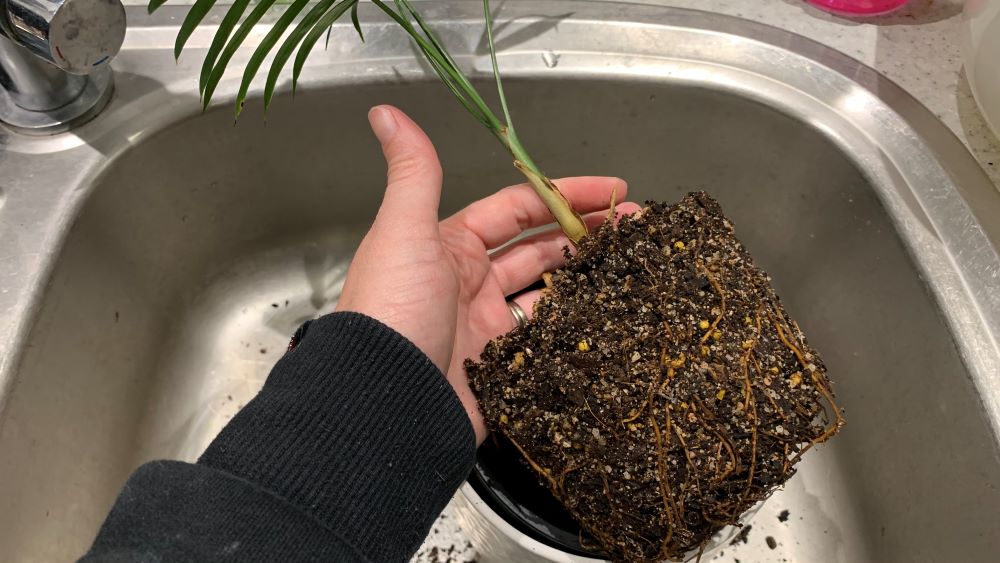
3. Too much fertilizer
Too much fertilizer can cause leaf burn and they will turn brown on the edges and tips. Slow release fertilizer can deliver too many nutrients if you exceed the dose on the packet. For most indoor plants a small amount of slow release fertilizer in spring and fall is the perfect amount.
For other plants like succulents, cactus and ZZ plants they are happy with fertilizer once per year.

4. Sunburn
Sunburn is the other main cause of brown leaf tips and edges. Indoor plants that are placed near warm windows or in direct sunlight can suffer from burn. The leaves can turn yellow and brown on the edges which causes damage to the plant.
The plant can recover from this damage and it is best to move it into an area out of direct sun. Some indoor plants are sensitive to sudden exposure to sun. These include monstera, pothos, ZZ plants, nerve plants and figs.
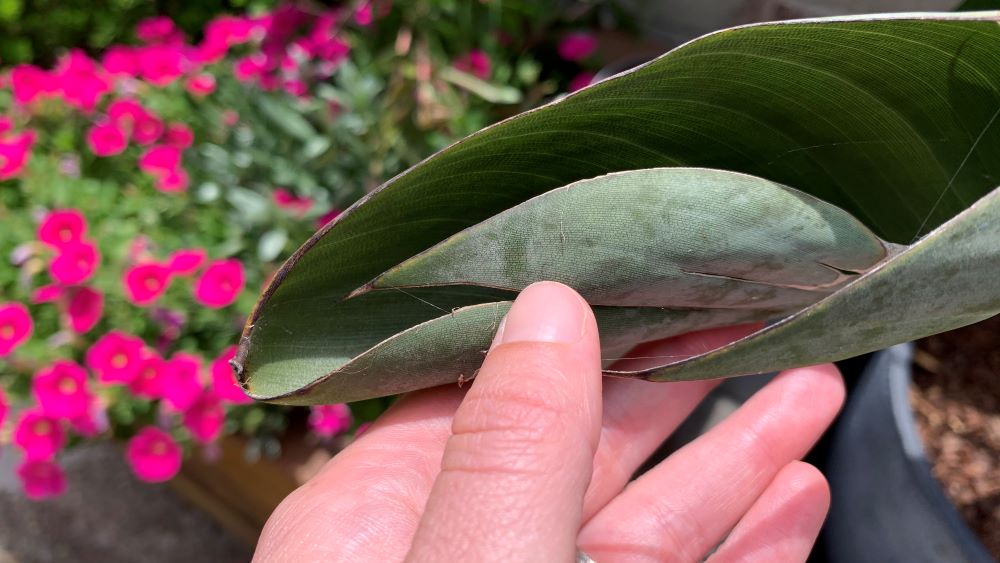
How to Cut off Brown Leaf Tips | Summary
It is best to remove any damaged leaves that have developed brown leaf tips and edges. This will tidy up your plant, make indoor displays look great and give the plant room to grow new leaves. Work out the cause of the problem so you can prevent any further damage. Look through the list of my top 4 causes of brown leaf tips and edges to save your plant.
I am an accredited practicing dietitian, experienced gardener and a dedicated cook. I love writing and sharing my experience so you can learn from my successes and mistakes.
